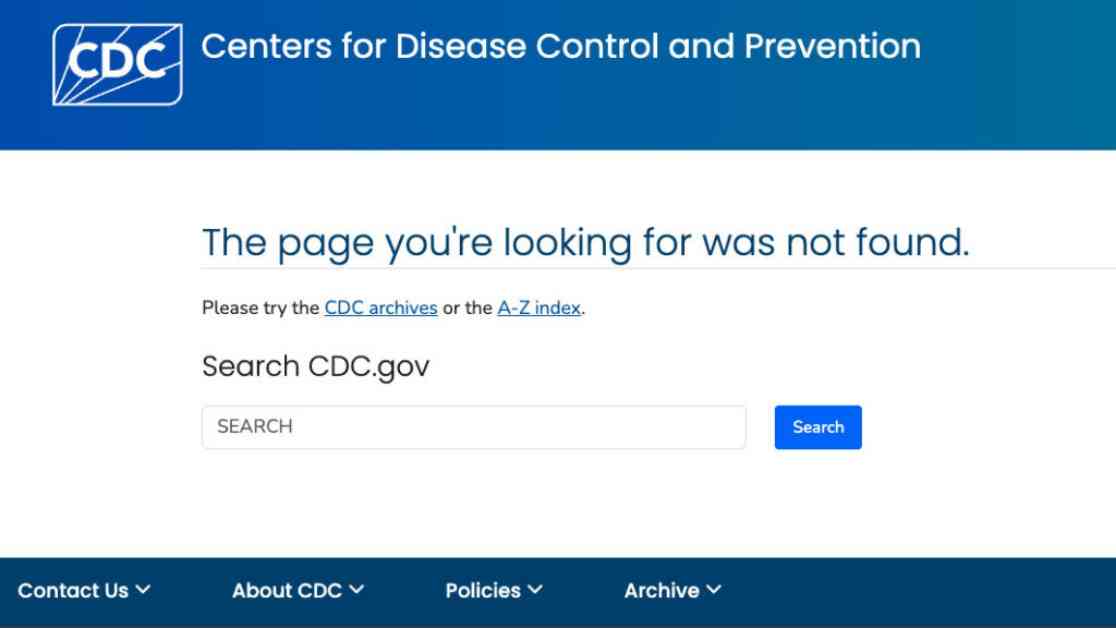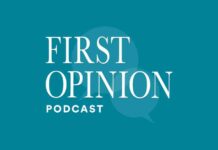The Centers for Disease Control and Prevention (CDC) recently made headlines after removing critical data on sexual orientation and gender identity from their website. This move has sparked concerns among researchers and public health experts who rely on this information for their work. The removal of this data, part of the Youth Risk Behavioral Surveillance System, has left many in the field scrambling to find alternative sources of information.
Ariel Beccia, a researcher and instructor at Harvard T.H. Chan School of Public Health, shared her experience of frantically downloading YRBS data only to see it disappear later in the day. This data, collected every other year, provides valuable insights into teen habits, including smoking, drinking, eating, exercising, and sexual behavior. Without access to this data, researchers are facing a significant gap in their understanding of LGBTQ+ populations.
The CDC’s removal of this data is just one part of a larger effort by the Trump administration to erase information related to gender diversity. The administration has been systematically removing agency webpages and data since taking office, with a specific focus on gender-related information. This aligns with previous executive orders signed by Trump aimed at limiting federal support for gender transitions, particularly for individuals under the age of 19.
Nathaniel Tran, a researcher and assistant professor of health policy at the University of Illinois at Chicago, expressed concern over the long-term implications of this data removal. He emphasized that the absence of this information will create a significant gap in our data system, making it difficult to track trends and inform public health policies. The move to erase gender diversity data from federal websites is seen as an attempt to marginalize LGBTQ+ populations and undermine their existence.
In addition to the CDC, other federal agencies, including the U.S. Census Bureau, have also removed pages related to sexual orientation and gender identity. This widespread effort to eliminate gender ideology from government websites has raised alarm among researchers and advocates who fear the erasure of critical information. The Social Vulnerability Index, which tracks disaster susceptibility at the county level, was also taken offline, further complicating efforts to address health disparities.
As researchers and public health experts grapple with these changes, it is clear that the impact of this data removal will be far-reaching. The loss of vital information on sexual orientation and gender identity threatens to hinder efforts to understand and address the unique health needs of LGBTQ+ communities. Moving forward, it will be crucial for advocates and policymakers to push for transparency and accountability in data collection and reporting to ensure that all populations are accurately represented and supported.

















